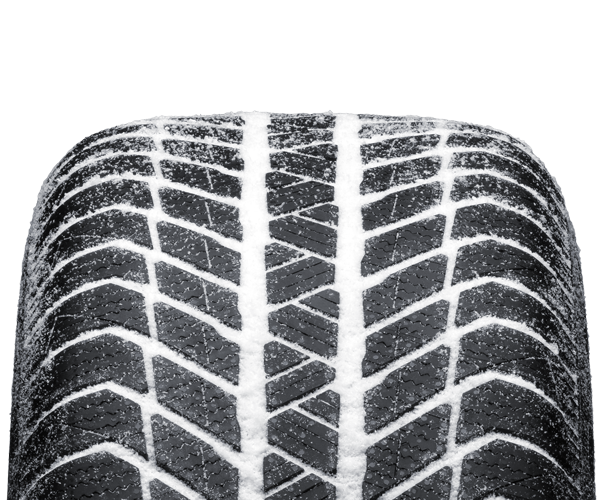
![[Translate to Englisch:] Shoutbox](/fileadmin/_processed_/9/e/csm_RP-70-bg_d588e39830.jpg)
![[Translate to Englisch:] RP 70 Graph](/fileadmin/_processed_/e/5/csm_graph-70-en_667a354451.png)
PLATIN RP 70 WINTERTECHNOLOGY • ENDURANCE • PERFORMANCE |
![[Translate to Englisch:] Beschreibung 1](/fileadmin/_processed_/a/e/csm_RP-70-1_5e360b22f5.png)
Excellent handling, optimised grip and braking on snow-covered roads The pattern structure with its high number of sipes and snow pockets can capture more snow from the ground, increasing and improving grip on snow. |
![[Translate to Englisch:] Beschreibung 2](/fileadmin/_processed_/a/1/csm_RP-70-2_176538bf76.png)
Safe driving on wet roads Numerous grip edges break up the water film during braking and cornering, so that slush and water are efficiently drained away by extra-wide longitudinal grooves and V-shaped pattern with an open shoulder design. |
![[Translate to Englisch:] Beschreibung 3](/fileadmin/_processed_/c/b/csm_RP-70-3_d374489484.png)
Outstanding handling and braking on dry roads Design and sequence of lateral grooves as well as the band in the centre of the tread increase the stiffness of the pattern blocks and optimise the contact patch for better transmission of braking forces and steering precision. |
![[Translate to Englisch:] Beschreibung 4](/fileadmin/_processed_/3/e/csm_RP-70-4_79223072b9.png)
Lower fuel consumption and CO2 emissions The optimised tread compound with better deformation behaviour moves the target conflict between rolling resistance and wet braking to a high performance level. |
Can I fit this tyre on my car?


The EU tyre label helps consumers to decide in favour of a higher fuel efficiency class for their tyres. This can contribute to large reductions in running costs and emissions. Enhanced wet grip means greater road safety, and details of external rolling noise contributes to a reduction in traffic noise levels.
The actual fuel savings and road safety depend heavily on the behaviour of drivers, and in particular on the following:

Less rolling noise saves fuel and cuts CO2. This property is assigned to classes A to E.

Wet grip is assigned to classes A to E. Wet grip is crucial to safe driving. For instance, the difference between class A and class E braking distances is 18 m.

The label presents the volume in dB and the class A (quieter), B, or C (louder). The noise emitted by tyres affects the total noise levels emitted by the vehicle.

The snowflake symbol confirms that the snow tested tyre keeps within the 3PMSF limits (type approval).